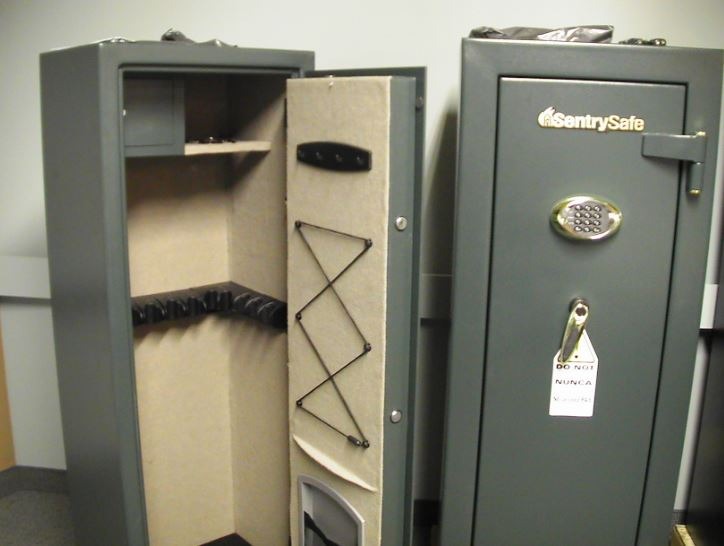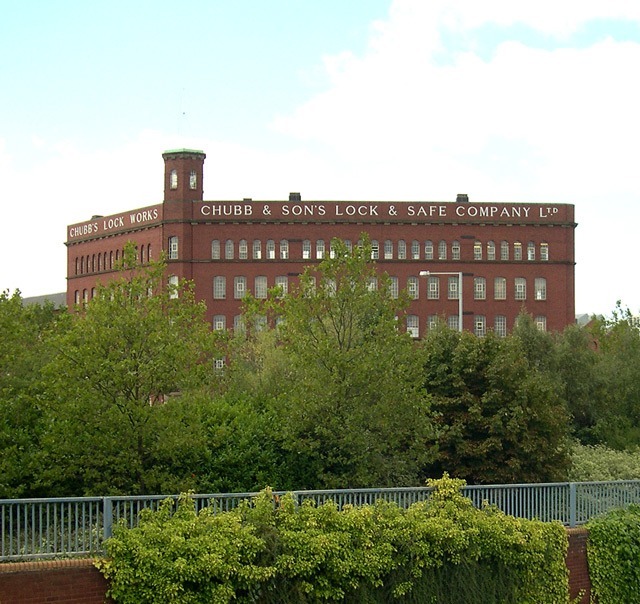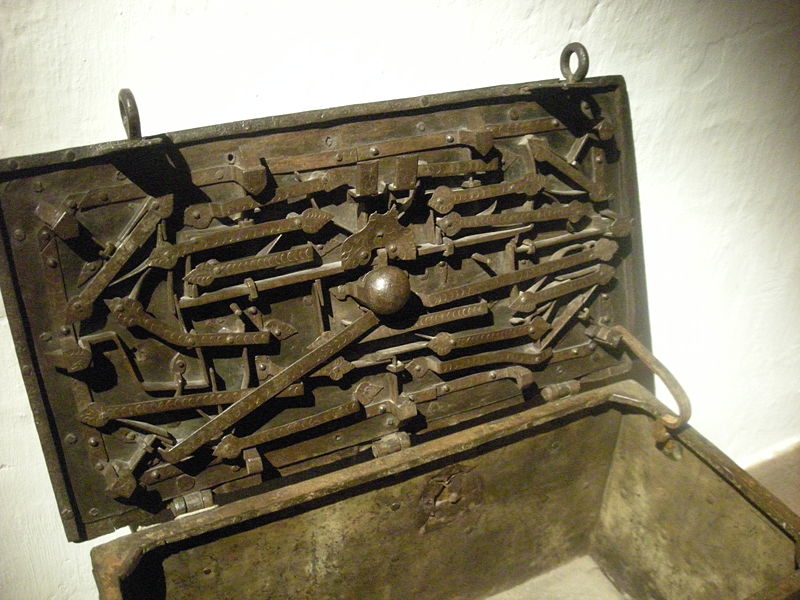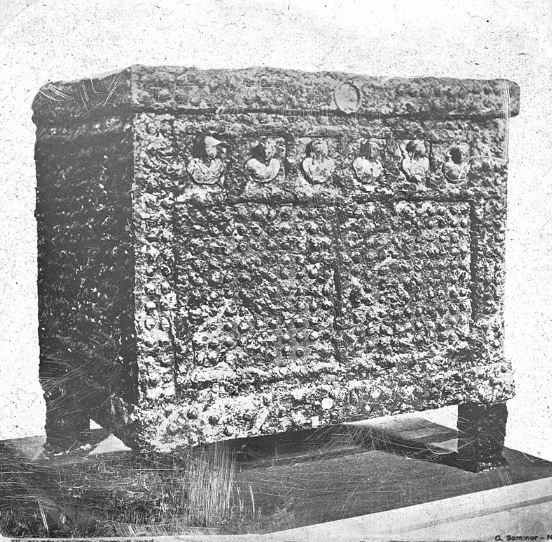Humans have always protected their possessions from other people and natural disasters such as fire. The Pyramids were used by the Egyptians to bury their valuables. Pharaoh Ramses II had the first recorded safe installation, which dates to the 13th century before Christ. They discovered the safe in his tomb, and it was a wooden box with a locking system like the pin and tumbler we use today.
These safes became increasingly complex over time, but they also grew larger, more cumbersome, and difficult to move. Some advancements have made safe owners’ lives easier. Craftspeople began making swinging door safes in the 1700s, a gun-safe design that is still used today. With the advancement of technology and the development of firearms, there arose a need for proper gun storage that would provide better protection from the elements.
The Early Safes
Not until 1835 did Charles Chubb, an English locksmith, receive a patent for the first safe that was resistant to burglary. In London, he established a significant safe-factory business. He passed away in the year 1845, and his son John took over the family business after him. John Chubb was responsible for the significant expansion of the company as well as the patenting of several product enhancements. Today, these locks are known as Chubb Locks.
Safes have always played an important part in American history, as any history buff worth their salt knows. In the early days of business, commerce, and even criminal gangs, gold was the most valuable commodity. Butch Cassidy and the Sundance Kid are only one small part of the long and illustrious history of safes.
The “iron chests,” as they were known back then, were created with the purpose of providing protection from thieves. They were not designed to protect against natural disasters such as fires or other hazards.
Jesse Delano started his business as a manufacturer of safes in New York City in the 1820s. He developed an innovative approach to the manufacturing of fire-resistant safes. To prevent the wooden structure from catching fire, he applied a mixture of clay and lime to its surface. After that, it was covered in a thick layer of steel. It is generally agreed that Delano was the first person in the United States to patent a design for a fireproof safe.
The First Gun Safes
The designs created by Silas Herring in the 1850s are the progenitors of the modern gun safe. He constructed a fire-resistant gun storage safe by layering thick outer steel with plaster and layering thin inner steel. His fundamental design is preserved to this day in fire safes all over the world. To satisfy the requirements of the modern era, certain components of the material and the filler have been upgraded. However, double-walled steel that is filled with plaster or cement is still considered the gold standard when it comes to fire protection. Sadly, this method of construction is no longer used in the production of modern gun safes. In the 1980s, a division was made within the safe industry between the gun safe industry and the rest of the safe industry.
Safe Technology After the Middle Ages
The key system was replaced by new mechanisms for locking safes in the 16th century. When safecrackers started opening the locks with a crowbar or even blowing them open with a gun inserted into the keyhole, some of these mechanisms included dial plates, which required the user to dial a code with rotating disks, like old telephones. The old alarm system, in which a bell rang if the safe was touched, and coded locks required a password.
In most safes, both numbers and letters eventually replaced the entire key mechanism. During these times, the decoration was still important, so locks were painted bright colors and adorned with patterns. However, appearances began to fade over time and became a secondary aspect of security, which became the primary concern.
Fireproofing a Safe
It wasn’t until the 1840s that fireproof safes were advertised as being able to withstand building fires. As previously stated, Milner is credited with creating the first fire-resistant safe in the 1820s, which used an inner lining of hardwood, sawdust, and alum to create some resistance to fire, but this would still need to be perfected. In 1825, Jesse Delano improved on this concept by combining equal parts clay, lime, plumbago, and mica to achieve some level of fire resistance. These small innovations would eventually lead to the super effective fireproofing techniques we use today, but the story is lengthy and best left for another topic.
Safe Technology Today
Today, the question of why you need to invest in a gun safe is entirely a priority as in the ancient days. However, the production of safes around the world is organized into a comprehensive product line to meet the ever-increasing demand of certain buyers daily. These days, manufacturers produce and sell a wide variety of different kinds of safes. When considering the current market, some manufacturers are trying to embellish their wares with metal swirls or patterns that are intended to give safes a “classic look.” Some safes are upholstered in velvet, while others are made of expensive wood and decorated to look like books on shelves.
Safes are an absolute necessity today due to the rapid advancement of technology, which has made them significantly more reliable and valuable. For example, there are safes designed specifically for magnetic devices, safes designed specifically for cash, safes designed specifically for jewelry, and even safes designed specifically for guns.
Issues in Modern Day Safe Manufacturing
Because of early 20th-century manufacturing standards, many high-quality gun storage options are available. After that, much has changed. In the 1970s, safe makers cut corners. Manufacturers cut costs by replacing fire-resistant designs with cheaper alternatives. This makes finding a fire-safe difficult. Many companies perform their own testing based on their own standards and label their products according to these tests rather than industry standards.
Manufacturers are mass-producing gun cases/cabinets to cut costs. This has led to cheaper gun safes with less security. However, high-quality gun safes are still available. This will help you find gun storage that protects and prolongs firearms’ lives. Custom gun safes can help you store your guns safely. Fort Knox, which is one of the major gun safe manufacturers, holds itself to the original standards for safes, ensuring your guns are protected from thieves, fire, and more.




